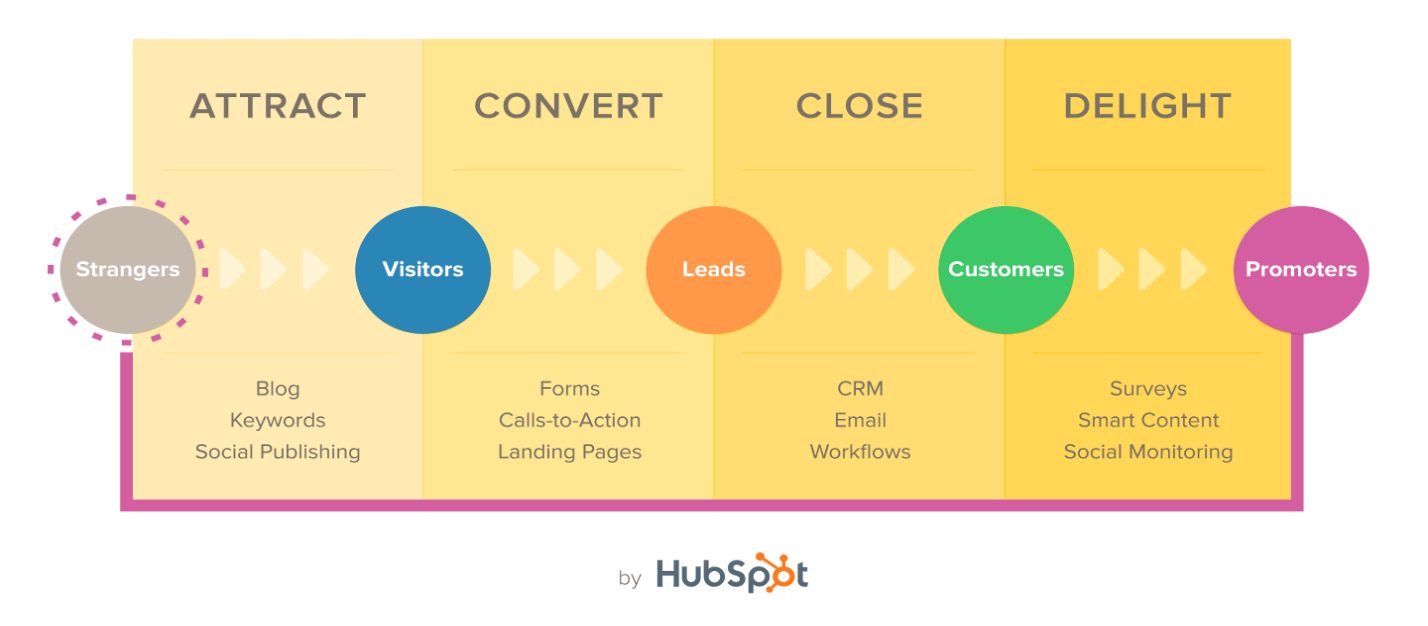4 Essential Tools Every Digital Marketer Needs in 2025
Digital marketing is an ever-evolving field, and keeping up with the latest tools is crucial for staying ahead. Whether you're brainstorming content...
You may have noticed that consumer habits have changed. If you have pre-teen daughters like mine, it's impossible to ignore them.
My girls, Kaylee and Savannah, are 10 and 11 years old. While my wife, Kami, and I have always made a concerted effort to limit the time they spend consuming content, there's no question that the platforms, mediums, and formats they prefer are very different than ours. Our kids love independent content produced by professional "Youtubers." If it were permitted, they'd watch everything on a personal mobile device (it's not permitted). They'll burn through a decade of a television series, commercial-free on Netflix in a week (in fairness, Kami and I will do the same). In a conversation last week I discovered that Kaylee and Savannah have:
Admittedly, there's little statistical significance to be drawn from my personal, bemused observations of my kids. There is, however, an abundance of legitimate research exploring the evolving behaviors of consumers that's well worth our time and consideration.

An often-cited 2015 study conducted by Microsoft suggests that the average American’s attention span has shrunk (as of 2015) to eight seconds - which happens to be one second less than a goldfish. While the validity of the study has been challenged, you can reasonably conclude that marketing today has changed.
A 2019 study conducted by Deloitte takes an in-depth look at evolving consumer behaviors. The article detailing this research opens with this summarization of the changing consumer:
“THE consumer is changing. They are more capricious and less loyal. They have less time but are more conscientious. They shy away from stores and prefer experiences over products. Today’s consumer is an entirely different animal—and unrecognizable from their peer from the good old days.”
Organizations that have come to rely on  outbound marketing strategies have experienced expanding resistance and diminishing returns over the past decade. Armed with unprecedented choices and avenues for purchasing, consumers in the digital age have shown a resolute willingness to avoid outbound marketing. Consider these statistics:
outbound marketing strategies have experienced expanding resistance and diminishing returns over the past decade. Armed with unprecedented choices and avenues for purchasing, consumers in the digital age have shown a resolute willingness to avoid outbound marketing. Consider these statistics:
The challenge to effectively market in this environment can be summarized in this question: If marketing is “the business process of identifying, anticipating and satisfying customer’s needs and wants,” how do organizations respond to a consumer with “needs and wants” that include a desire to be neither pursued, or targeted by marketing?
In October of 2017, episode 306 of The Freakonomics Radio podcast featured a segment on Daniel Kahneman, recipient of the Nobel Prize in economics, and a pioneer in the field of behavioral economics. At the 32 minute mark of the podcast, Dr. Kahneman describes what he calls “the best idea I’ve ever heard in psychology.”
This "best idea" is a theory developed by Kahneman’s “academic grandfather,” Kurt Lewin. As an undergraduate in Kurt Lewin’s course, the professor outlines a theory where behavior is an equilibrium, a balance between driving forces that push for change, and Kahneman describes the theory in the following way:
“Lewin’s insight was that if you want to achieve change in behavior, there is one good way to do it and one bad way. The good way is by diminishing restraining forces, not by increasing the driving forces. That turns out to be profoundly non-intuitive.”
For most of us, the urge to market our products and services with strategies designed to assertively pursue the attention, eyes, and ears of potential customers is both intuitive and natural. When equipped with insight and data illuminating the diminishing effectiveness of these traditional measures, we’re challenged to develop a fresh approach; an approach where we redirect our energy and efforts towards the removal of obstacles between customers and our respective offerings.
The most effective marketing today casts the customer in the leading role, with brands serving as supporting actors. Organizations embracing this approach have stopped chasing customers, and have redirected their energy and resources to attracting them.
(As a side note, if you haven’t read Michael Lewis’s excellent book, “The Undoing Project,” which details the life and research of Amos Tversky and Daniel Kahneman, I’d highly recommend picking it up.)
The term “Inbound Marketing” was first used by Brian Halligan in 2005 to describe, “a holistic, data-driven approach to marketing that attracts individuals to your brand and converts them into lasting customers.”
Inbound marketing is “holistic” in the way that it requires marketers to address any and all factors that may enhance the attraction to a product or service. Examples of these factors include:
Inbound marketing is “data driven” in the way that it leverages technology to produce and evaluate content that connects with targeted customers. Data driven marketers make use of platforms like Google Analytics, Google Search Console, or HubSpot to continually improve SEO, Digital Advertising, blog content, social media posts, and website UX.

Content is the cornerstone of Inbound Marketing. Effective content is designed to attract, engage, and delight customers. In accordance with the inbound methodology, content is produced with a premium placed on context. Context is deduced through an understanding of customer values and behaviors, the development of buyer personas, and an understanding of the customer journey.
Context empowers marketers with the information needed to effectively create content that customers will love. This intelligent, magnetic content attracts, engages, and delights - turning strangers into leads, leads into prospects, prospects into customers, and customers into brand promoters.
The practical use of an inbound content strategy would look something like the this:
An individual searching the internet is initially attracted to your website through the discovery of a helpful blog post. That blog post engages this lead by displaying a link to a related, premium guide offered free of charge, in exchange for their name and email address. Your company subsequently builds trust with this lead, delighting them with additional helpful content through targeted email marketing. This one time stranger becomes a loyal customer and an active promoter of your brand.
Why Pivot to an Inbound Strategy?
The growing popularity of Inbound Marketing can be traced to a singular factor: it’s been proven to be increasingly effective. That effectiveness appears to be consistent across organizations, regardless of size.
Today, virtually every Fortune 500 company utilizes some form of inbound marketing as a component of their complete marketing strategy. The most successful marketers in this prestigious group of companies utilize Inbound principles extensively. This collective group includes some of today’s most innovative and admired brands - including Apple, Starbucks, Target, and Nike.
The inbound methodology has proven equally effective for small businesses. Over 84% of small businesses today utilize inbound marketing as their core marketing strategy. On average these companies, who have embraced the power of inbound marketing, report a 3x ROI when compared to traditional marketing campaign methods.
If you’re interested in deploying an Inbound Marketing strategy for your business, Daybreak Consulting can help. For more information, or to schedule an appointment to begin the conversation, feel free to reach out using the button below:

Digital marketing is an ever-evolving field, and keeping up with the latest tools is crucial for staying ahead. Whether you're brainstorming content...

In 2025, social media continues to be a cornerstone of digital marketing strategies for businesses of all sizes. With ever-changing algorithms and...

A call to action (CTA) is one of the most critical elements of your marketing content. Whether it’s a blog post, social media ad, email, or website...

In today’s competitive marketplace, getting customers to notice your small business is just the first step. Many potential customers visit your...

Your website is often the first impression potential customers have of your business. It’s your digital storefront, and its primary job is to convert...

Running a small business can feel like an uphill battle, especially when it comes to marketing. Limited budgets, fierce competition, and the constant...